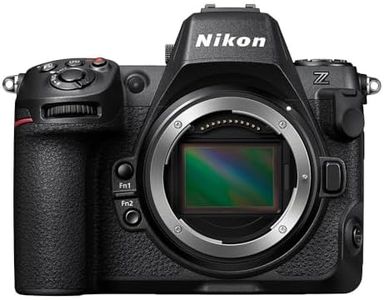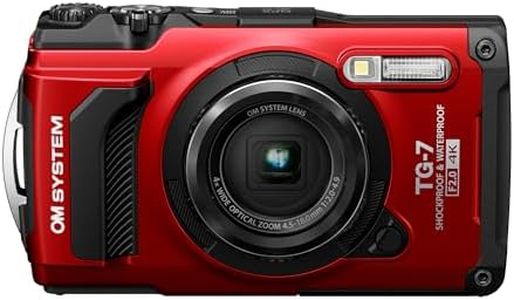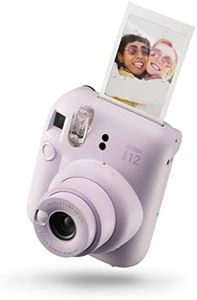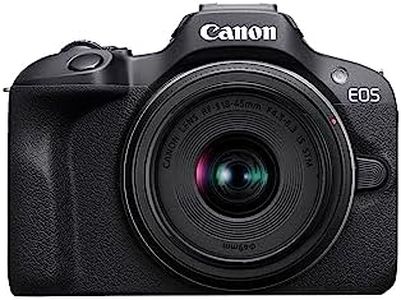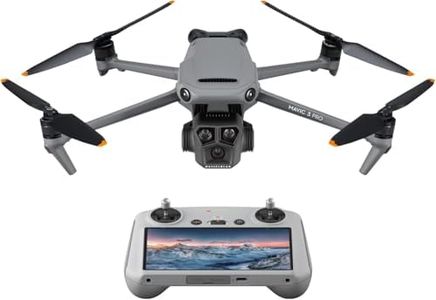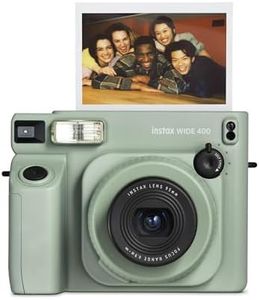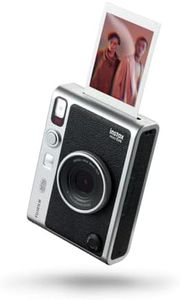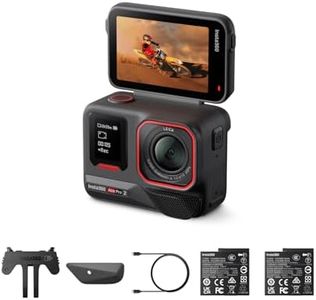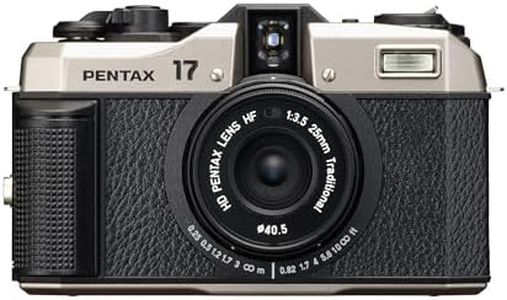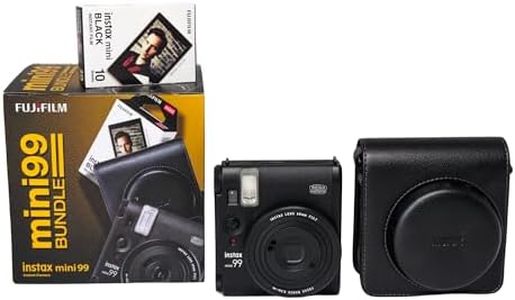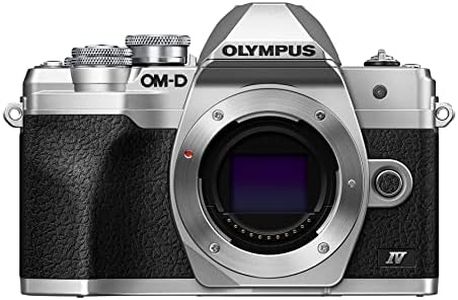We Use CookiesWe use cookies to enhance the security, performance,
functionality and for analytical and promotional activities. By continuing to browse this site you
are agreeing to our privacy policy
10 Best Photography Cameras
From leading brands and best sellers available on the web.By clicking on a link to a third party's website, log data is shared with that third party.
#1
Winner
Buying Guide for the Best Photography Cameras
Choosing the right photography camera can seem overwhelming, but focusing on your real needs will help you make better choices. First, consider what kind of photography you want to pursue—whether it's casual snapshots, travel, sports, portraits, landscapes, or something else. Think about your comfort level with technology and whether you prefer a camera that's easy to use or one that offers more control. As you explore different options, pay attention to the features that most directly affect your shooting experience and image quality. Remember, the most advanced camera isn’t always the best fit; the right camera is the one that fits your style and helps you capture the images you imagine.Sensor SizeThe sensor is the part of the camera that captures light and creates your photo. Larger sensors generally capture more detail, handle low light better, and produce higher quality images, but they make cameras bigger and heavier. Common sizes include full-frame (largest), APS-C (medium), and Micro Four Thirds (smaller). Full-frame suits serious enthusiasts and professionals who want the highest quality, especially in low light. APS-C is a good middle ground and is popular among hobbyists. Smaller sensors are more compact and convenient for travel or casual use. Think about what matters more to you: image quality or a lighter, more portable camera.
MegapixelsMegapixels determine the maximum image size and how much detail you can capture, especially if you want to make large prints or crop your photos significantly. More megapixels can mean sharper images, but for most uses like social media or small prints, ultra-high megapixels aren't necessary. Typically, cameras ranging from 12 to 24 megapixels are sufficient for most casual and enthusiast photographers. Go for higher megapixels only if you need to print big posters or crop while editing.
Autofocus SystemThe autofocus system helps your camera automatically focus on your subject. The quality and speed of autofocus are crucial if you shoot fast-moving subjects like sports or wildlife. Simpler autofocus systems are good for portraits and landscapes where the subject isn't moving quickly. Look for cameras with fast and accurate autofocus if your subjects are on the move; for still subjects, less advanced autofocus will do the job.
Camera Type (DSLR, Mirrorless, Compact)The type of camera affects not just photo quality, but also size, usability, and future options. DSLRs and mirrorless cameras have interchangeable lenses and give you more control; however, DSLRs are bulkier. Mirrorless models are smaller and lighter but still offer high image quality. Compact (point-and-shoot) cameras are easy to carry and use but have fewer manual settings and smaller sensors. Choose based on how much control you want, and how portable your camera needs to be.
Lens CompatibilityLenses are as important as the camera itself because they affect what and how you can shoot. Some cameras allow you to change lenses, opening up creative possibilities. If you want flexibility to shoot anything from wide landscapes to close-ups, consider cameras with a wide range of compatible lenses. If you prefer simplicity or don’t plan to buy extra lenses, a fixed-lens (compact) camera might suit you best.
Viewfinder and ScreenA viewfinder lets you compose your shot with your eye pressed to the camera, whereas a screen (LCD) lets you see the image at arm’s length. Electronic viewfinders (on mirrorless cameras) can show you exactly how the image will look, while optical viewfinders (on DSLRs) give a real-time view. Some cameras have tilt or flip screens, handy for selfies or shooting at tricky angles. Consider how you like to compose your photos and whether you shoot in bright sunlight—a viewfinder can really help in those conditions.
Video CapabilitiesIf you plan to record video, check the camera’s video quality and features. Resolution (like 4K or 1080p), frame rates, and extra tools like microphone input or image stabilization make a difference. For casual clips, basic video options work well, but if you’re interested in vlogging or serious video work, look for higher resolution and more controls.
Ease of Use and ControlsThe camera interface and controls affect how quickly and comfortably you can operate it. Some cameras have touchscreens, simple menus, and helpful automatic modes, great for beginners. Others offer more buttons and dials for full manual control, better for enthusiasts who want to fine-tune every setting. Pick a camera that matches your comfort level and your desire to grow in photography skills.
